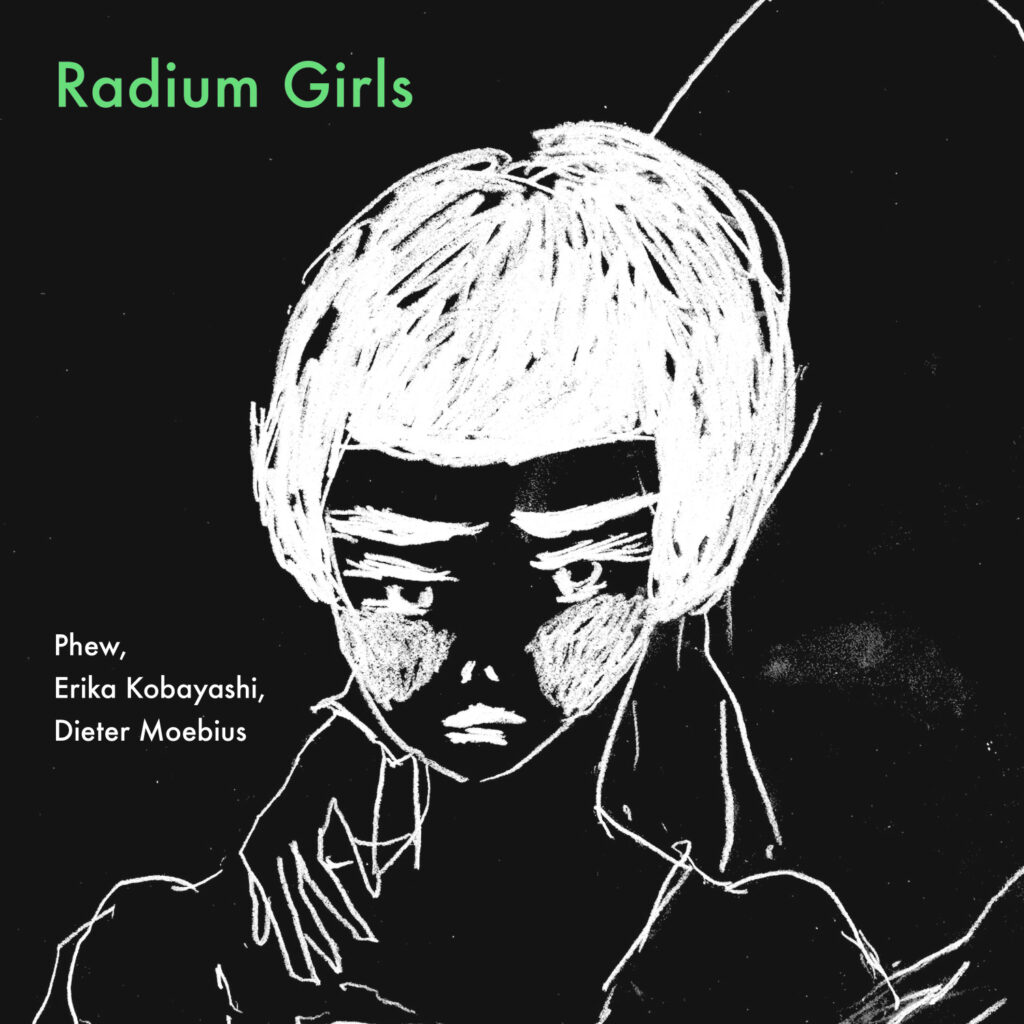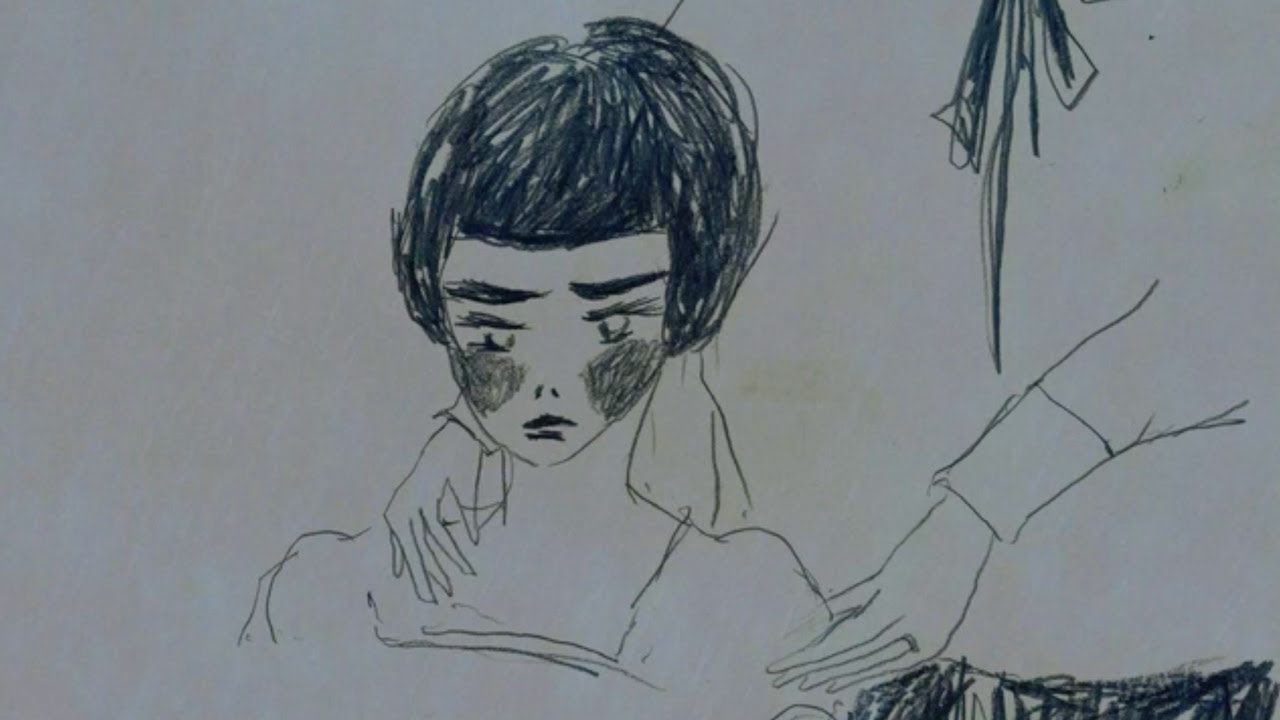I do not want to survive a nuclear disaster. I saw Threads at university like everyone else, but was already haunted by a YA novel I read as a young teen, about three siblings who lived through a nuclear bomb, which I now realise must have taken from real reporting in John Hersey’s Hiroshima. Age 13, the raw horror of the images it described were burned into me, prompting a nauseating terror at the mere mention of radiation poisoning: the fleshy disintegration, the way a body comes apart at the seams; how skin can slough off and organs melt, tubes gone to slime and mouth a bloody mess. When an album deals with such atrocities upon a person, you cannot simply say: I really enjoyed it.
Originally released under the group name Project Undark, Radium Girls was a trio of Japanese underground stalwart Phew, the late Dieter Moebius (of Cluster) and manga artist Erika Kobayashi. It is named and centres around a case from the early decades of the 20th century, where female factory workers contracted radiation poisoning while painting watch dials and hands with a radioactive luminous paint called Undark. They were told that this was safe, and that licking the brushes saved time compared to wiping them on a wet rag, while in other parts of the factory male workers wore protective clothing and equipment. Inspired by a film and book about the case, the women’s names in these tracks are not those who comprised the five ‘Radium Girls’ of the litigation (all of whom were dead by the 1930s) but a fictional group who are narrated by Phew, around tracks tracing other aspects of nuclear history.
The album was initially released in the wake of the Fukushima disaster, and now, a decade after Moebius’ death, and on the 80th anniversary of the dropping of the atomic bombs on Hiroshima and Nagasaki, it is being reissued by Bureau B. I had not encountered it before now, but Phew’s pre-existing kosmiche connection (with Conny Plank and Holger Czukay on her 1981 debut solo album) meant I expected Radium Girls to be a 1981 redux. Musically, it is much fresher, with Moebius’s crisp electroacoustic wrangling coming off more like a precursor to Phew’s recent albums like Vertigo KO. Kobayashi too, has a preexisting connection with Phew, as the illustrator for the cover of her 2010 album Five Finger Discount. A video of Kobayashi’s manga was made to accompany one of the tracks, itself infected by visuals recorded in the Cloud Chamber, which detects ionising radiation, at Tokyo’s National Museum Of Nature And Science, a cloud of visual radiation floating across her loose illustrations.
Phew vocalises as only Phew can: straightforward delivery without drama or emotion, in a mixture of English and Japanese. Lyrics often deliver facts: plain statements about reactors; key events in the history of nuclear war. ‘Little Boy And Fat Man’ refers to the code names for the two atomic bombs dropped on Japan; ‘Manhattan Project’ traces Oppenheimer’s work, but she also voices the everyday routines of the women they fictionalise here.
Moebius’ music pulls on an idiosyncratic combination of acoustic and electronic sources. The title track has a chunking, clunking rhythm; ‘EBR-1’ draws on the plucked strings of traditional courtly music, along with beeps, bass and stabs of chorus; ‘Tracy’ has a dinky gait and bendy gobs of electronic sound.
This is all very well, but what is foremost when thinking on this reissue is how Radium Girls prompts reflection. Where we are we now? Have we made any progress? Have we averted unnecessary death? We have not. The Doomsday clock is nearer to midnight than ever, and we know nuclear bombs are not the only way to wipe out populations. From the air, Gaza in 2025 looks like Hiroshima in 1945. Radium Girls is weighed down by its subject matter. It is a good album – it is a really good album – with a relevance that persists in subject matter and sound, but its weight in the present makes critical engagement feel like the wrong sort of engagement altogether.
Radium Girls is out now via Bureau B



